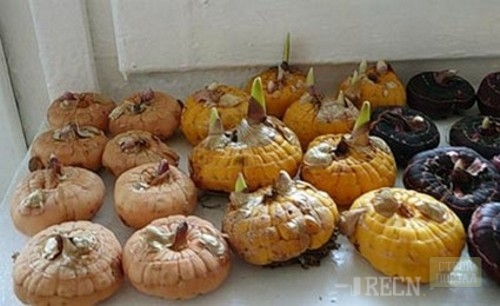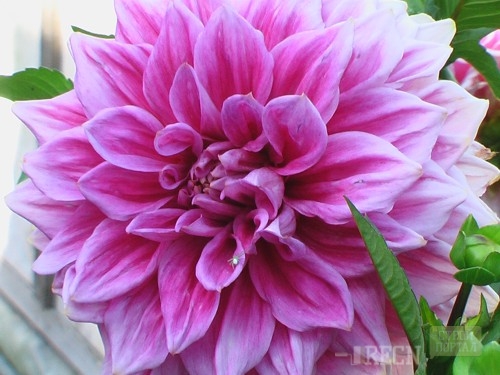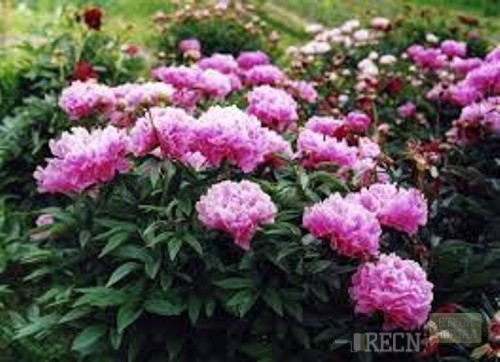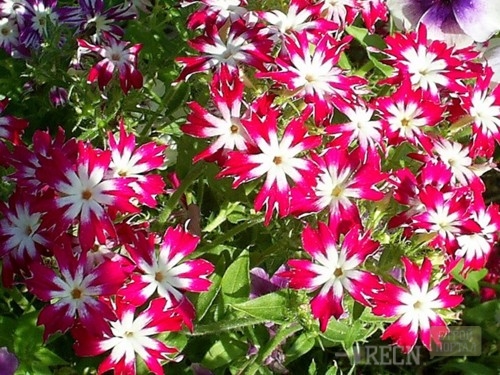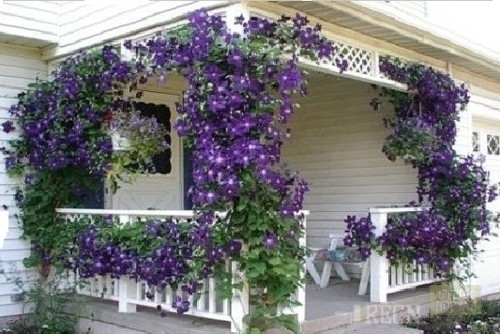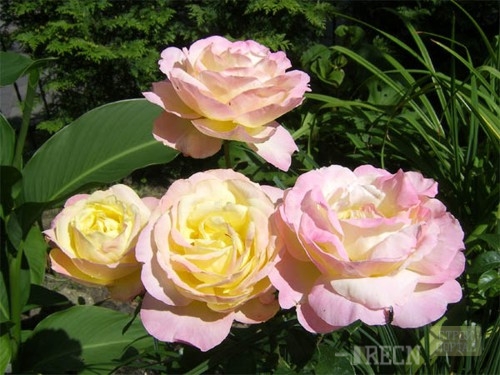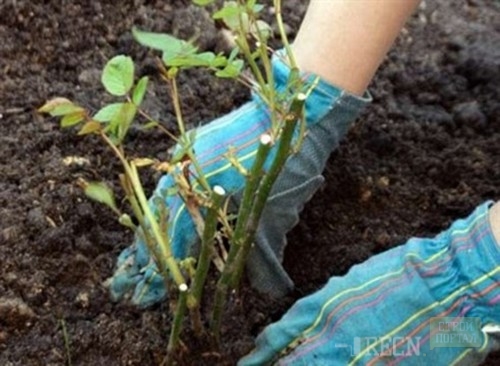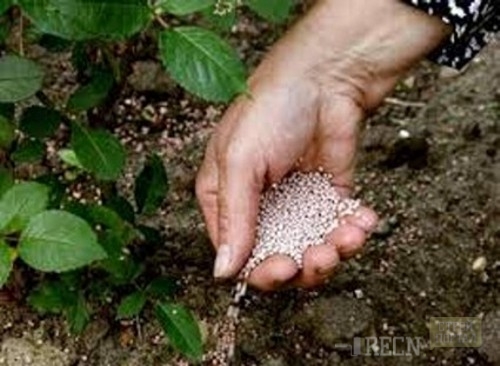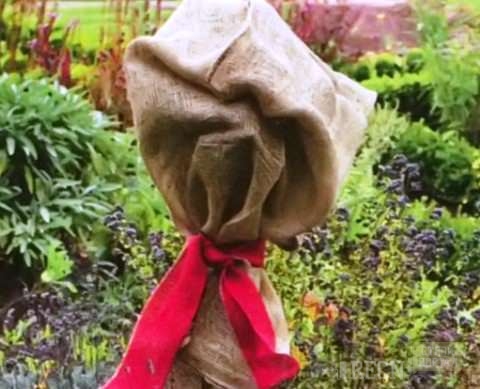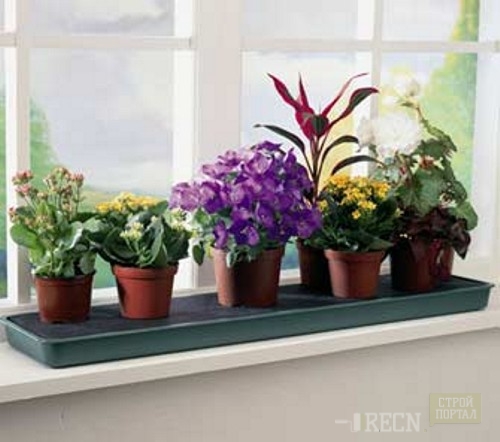
How to prepare flowers to winter Plot.
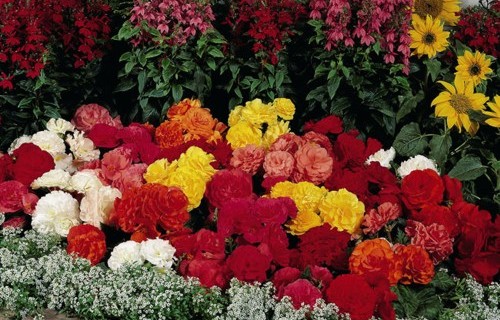
With the onset of cold weather, all decorative plants, as well as flowers need special care. For plants in the new season again bloomed, it is necessary to prepare them for wintering.
Content
Starting from autumn, it comes the gracious time when you can transplant major beautiful flowers (large-scale). At this time, the flowers are experiencing the smallest stress when replanting.
After the flowers stop blossoming, you can prohibit. It is advisable to have time to transplant in September-October. If during this period, the transplant did not work out, the flowers are better to shop until spring.
Also on the last autumn month it is desirable to dig up dahlias and glades, and other varieties of colors that are not adapted to cold.
If the flowers have not yet managed to spoil the cold, then it makes sense to dig them.
When planning the blossoms of bulk to the holidays (New Year or March 8), the bulbs dig up, transplanted into the drawers with the ground and put in the warm room.
The bulbs of all spring colors - tulips, daffodils and others, sitting in the boxes (new bulbs) for the winter. Planting young bulbs of flowers in November is undesirable, because they can die. The bulbs leave in boxes until spring. In the cold time, the flowers will not go into growth, because according to the biological clock they have a rest period.
Wintering perennial flowers
Perennial flowers begin to bloom not immediately, but only on the second or third year. If you prepare flowers to winter on time, they will bloom for several years in a row, and all care troubles will be minimized.
Varieties of perennial colors:
- winter in open soil;
- not wintering in the open soil.
The first can grow in one place (without digging) from four to ten years. These perennial colors include:
- Tulips.
- Narcissus.
- Lilies.
- Iris.
- Peonies.
- Astra.
- Flox.
Perennials that can not be left in the open ground, dig each year at the autumn time. The bulbs, as well as tubers and rhizomes, laid for the winter for storage, and with the onset of spring they get and planted again. These plants include:
- Begonias.
- Dahlia.
- Cannes.
- Gladiolus.
- Tigridia.
How to prepare flowers for wintering
Georgina
In the fall, approximately in September-October, when Georgina was already fighting, you need to cut off the shoots at an altitude of about 10 centimeters from the ground. Georgina themselves with a small shovel must be carefully digging. Make sure that the plant does not break. After digging, you need to shock an extra earth, and the tubers themselves dry well.
They need to be stored in cool premises, be sure to be dry. The room temperature should be about five to seven degrees of heat. Tejberry Georgin will be better preserved in the sand, but only you can not put them on each other.
During the winter, it is necessary to regularly check the tubers if rotting has been discovered - it must be cut off, and it is cleaned with chopped coal itself.
Peonies
Pion bush need to trim, leave about 10-15 centimeters. It is necessary to jumble around the soil around, just very carefully, so as not to damage the root of the plant.
From above, the earth is desirable to spray with any organic fertilizer in proportions: half ancient of the compost or humoring to the square meter of the Earth. The soil is mulched near the bush peat (layer 4 centimeters) and after that flowers, together with the remaining leaves they are covered. Experts do not recommend to cover the peonies with its own leaves, as it is on them a large number of pests are formed.
Gladiolus
The stalk of the plant is cut at an altitude of about 5 centimeters from the ground. The clubnelukovitsa dig up and cleaned from excess land. The bulbs are given to dry in the sun for the crescent (it is necessary to follow so that they do not go under the rain).
After the clubnevukovitsy dried well, they are moved and selected the healthiest, without damage. The posteriorial is placed in a shallow box and leave in a cool closed room, which is well ventilated.
Flox
These are very capricious flowers, as they are very ill and exposed to malieving dew. If, in the warm Time, phlox is sprayed with preparations containing sulfur, then with the onset of autumn, white dew is repeatedly manifested on dry leaves. Damaged leaves, as well as the stalks of the plant need to be removed and burn.
Also in autumn time you need to think about falling down new plants. Perennial needs to land at the same place. Before the onset of cold and frost, Floxians manage to root. All that you need to take, while planting flowers under the winter is to sprinkle their land (dry only) and hide.
Clematis and Glicinia
Elegant plants that, when flowering, create an amazing multicolored curly carpet, actually require increased attention. With proper care, these plants will bloom about 20 years in a row! But floweries are very often encountered with such a problem as the freezing of the plant.
Some types of Clematis are enough frost-resistant and are able to transfer the temperature minus 10 and at the same time blossom.
Clematis are different varieties. Depending on the time of flowering, they are:
- Early flowering.
- Middle flowering.
- Late blossom.
To protect the Clematis to save from the extinction, when landing it deepens to the ground so that the nodules of the adult plant is lower than the edge of the fossa of 10 centimeters, young plants deepen on 8 centimeters.
With the onset of autumn, Clematis feather the mixtures containing potassium and phosphorus. Some plant varieties need to be cut. Sluorrow will give good bloom in spring.
In front of the cold plants and the soil spray the Fundazole means, which protects flowers from fungus. Divorce the drug so: on 10 liters of water take 20 grams. Powder. After spraying, the plants are sprinkled with wood ash and plunge. The height of the dip 15 centimeters, peat and humus pour into the middle of the bush (two buckets are enough).
When the air temperature becomes constant and is minus 5-7 degrees, Clematis needs to be covered. Plants are covered with a film or rubberoid, in order to prevent wetting and to prevent the evaporation of moisture from the roots. Clematis are growing in southern areas, it is recommended to cover them not strongly to have air access to air.
The heater for the plant can serve as a twig, and dry leaves, as well as fine foam. So that the plant is not freezing, when they are shelter, they build a frame of a frame of wooden boards, boxes, and vine residues. And so that the mice do not sneak under the shelter, under the bushes it is necessary to put the poison - bait.
With the onset of spring, the shelter from the plants is removed carefully and stages so that young shoots are not damaged from spring frosts. When the weather is more - less than normalizes, there are small holes in the shelter, and when it gets very warm, the shelter is removed. The film is removed, and the leaves and branches are cleaned gradually that the plant gradually get used to the cool spring sun.
If, after wintering some kind of bush, the plants died, it is not necessary to recover it immediately. Let stand, and after a couple of years he will let new shoots and can self-restore. Of course, for the winter, such a bush also needs to be covered and protected from frost.
Roses
Roses must be prepared for winter. If you neglect by this rule, the bushes can completely die. Roses need to trim correctly. Cutting in the fall. Old shoots cut off so that it grown young and strong instead. For example, the Bengal Rosa loves that it is not strongly string, but only agreed by young shoots. Those shoots that remain should have a kidney.
A tea rose is cut into three-four "eyes", after that they begin to grow better.
When autumn performs trimming according to the rules, roses will not die, since all nutrients come in sufficient quantities.
There are several options for rose trim to winter:
- Powerful. When the practical completely shoot is cut. There remains eye.
- Moderate. Only half of the sprout is cut, 4-5 kidneys are left at the base of the plant.
- Weak. The top of escape is cut and leave about ten kidneys.
The strife of roses, which grows on the flower beds, is the most stronger and hardy in the cold season of the year, they are called "park". Such roses are not dying in frosts, and to preserve them simply bend to the ground and cheer, sprinkling wood sawdust.
The capricious is considered a tea rose, it is very sensitive to temperature drops, especially frost. It is this variety that needs a thorough preparation for winter.
There are several ways to cover colors for the winter. The best is the sprinkling of the bushes of the earth and the wood leaf. It is necessary to cover the bush with such a layer so that its thickness makes at least 15 centimeters. This method is not suitable for all varieties of roses. It is not suitable for stumbling and plenty, as they may die in the ground. Such varieties are covered with peat or rubberoid.
Some amateur gardeners, by carrying out experiments, came to their shelter method. So, the air and dry method has proven itself. The plant is covered with almost completely insulation, covering roses so that the material serves as a cocoon and spoke on top above the plant half the meter. Such a design is supported using a wire frame. Shelter roses bushes in mid-October. As soon as the first frosts "hit", roses must be trimmed (only thermal-loving varieties) - damaged leaves are cut off, as well as the tops.
It will not be superfluous after the bushes are cut off, treat the plant with drugs from fungi and pests and dip roses. If these measures are not respected, the framework is set and tightened with its material in several layers. Top covered with film and strengthen the design well below, so as not to bloom and the wind could not disrupt it. Instead of the film, roses can be covered with another material that does not pass moisture. And in order to preserve heat inside, on a bush and land are put dry shoots of cropped raspberries or other vegetable tops.
Roses that weave, the frame for the winter does not need to build. They are enough just to be burned to the ground and fix something. Then cover the film.
With the arrival of spring, roses bushes are discovered gradually so that the plant gets used to drafts and temperature drops.
‘
Room Care Winter
With the onset of autumn for indoor plants begins the hardest period. At this time of the year of Light, there are few and plants, mainly growing on the windowsill, which become cool. And the air indoors, due to heating, becomes dry and hot. It is in winter that inexperienced flowers losing most of their indoor plants.
Noticing that the leaves were withering, the flower products believe that they are not enough moisture and try to moisten the soil even more. It does not help and then try to help the flowers, getting the opposite effect - the plant dies.
Tip 1.. Before watering the plant, you need to pay attention to the state of the soil. If it is absolutely dry, a mercury, the plant needs watering. If the top layer remains wet, then there can be no flowers. This is especially true of elite expensive plants - tuber and bulbous.
Tip 2.. Keep pots with plants in a warm place. If there are cracks in the window frames, they need to be stuck, and to the windowsill put a layer of any insulating material, for example, foam. So you can maintain the ground in the pots of room temperature. This rule applies to plants lined in plastic pots. In clay pots, the temperature after watering the ground will always be lower than the room temperature.
Two ways to grow colors in winter
In the cold season, plants can be raised in two ways. The first is to create all the necessary conditions for them so that they continue to bloom. The second is to give the opportunity to relax to the spring, with new forces, they again glad blossom.
With the first version, all conditions are created by the plant: the temperature regime, the preparation of the earth for flowers and humidity.
With the second variant, the plant makes it possible to rest - remove the pots from the windowsill. If there is no potential of the pots to rearrange, with the help of a plastic film, a window is fencing from the room side, where the battery is located. It turns out a kind of aquarium for plants. Thus, the temperature difference from the window (cold air) decreases and on the side of the room (warm air).
High plants will demand watering. For this, small holes make small holes in the film. But it will be better if such flowers will not be winter on the windowsill.
The plants "in the aquarium" often do not watered, but only spray at the first manifestations of leaf fading. Water completely only when the earthen com will dry. But it is impossible to allow strong soil cuts.
In no case cannot fertilize the soil. These recommendations can be found in the special literature in flower growing, in the section "How to prepare land for flowers." It should also be remembered that even a drop of fertilizer can ruin flowers. In the spring, when young shoots appear, then it is necessary to make fertilizers without fears to burn the roots of the plant.




